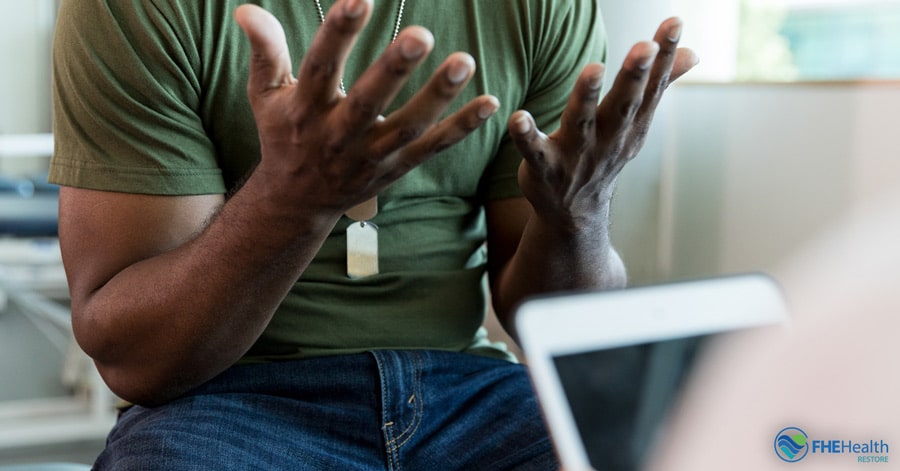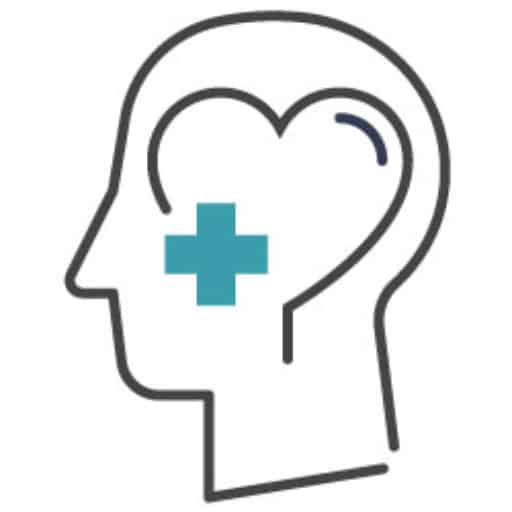Army suicide is one of the leading causes of death among veterans in the United States, claiming the lives of over 65,000 since 2010. In comparison, the 20-year Vietnam War took 58,220 lives while the Iraqi War, which lasted 8 years, claimed the lives of 4,431 U.S. soldiers. Veterans need robust emergency and long-term mental health interventions that provide essential support to ensure no service member loses their life through suicide. We will explore some of the measures currently provided by the U.S. healthcare system and examine the military and mental health resources you can turn to whenever you need help.
Overview of U.S. Army Suicide
Suicide is the leading cause of death in the United States, and veterans are among the population with the highest number of deaths through suicide. While the causes of suicide are complex, the event is completely preventable if the right strategies are put in place and fully utilized.
In conjunction with other government departments, the military has established various authorities and strategies to try and lower the number of army suicide to zero. One of the most active authorities in this field is the Department of Veterans Affairs (VA), which implements a range of suicide prevention procedures from which all veterans can benefit.
One of these procedures is S.A.V.E. Training which offers veterans and non-veterans techniques to assist service members and veterans contemplating suicide. Some of the techniques taught include acknowledging and validating the feelings of the veteran experiencing suicidal thoughts before offering avenues for professional help. S.A.V.E. Training helps veterans create peer support they can easily access when going through a rough time. The program has the potential to benefit all veterans, including those who aren’t willing to directly reach out to the VA for assistance.
The Veterans Health Administration (VHA) provides a crisis line that veterans can call when overwhelmed. The line puts any veteran, including those not registered for VA benefits, in touch with qualified professionals who can talk them through mental health episodes and offer further resources for help afterward. All calls to the crisis line are free, confidential and available 24/7.
One of the goals the Centers for Disease Control (CDC) is to eliminate deaths by suicide in the country. The CDC funds 14 veteran-serving organizations (VSOs) that reach out to veterans who aren’t involved with the VA or VHA. VSOs are often community-based, so many veterans trust them and are more willing to participate in the suicide-prevention programs they initiate.
Gaps in Army Mental Health Services
Prevention of army suicide has long been a goal for many state and federal organizations. However, the progress and effectiveness of the programs implemented haven’t always been linear.
According to the Department of Defense (DOD), there’s been a 40% increase in army suicides in the past seven years, with a 15% jump in cases in 2020. Depression in the military is a common occurrence. Service members and veterans also battle mental illnesses such as PTSD and anxiety.
Unfortunately, current resources for helping veterans are severely overwhelmed. Some veterans who ask for help using available crisis lines stay on waitlists for weeks before talking to a mental health professional. This not only increases the chances of a veteran committing suicide, it also makes other veterans less likely to trust and turn to official authorities for help.
Strategies to Improve the Military and Mental Health Services
In 2021, the federal government launched a national strategy for reducing the rates of army suicide. The experts involved in formulating the strategy outlined four main components for improving the military and mental health of its members.
1. Lethal Means Safety
Service members and veterans have easy access to guns, medication and other weapons. Such access makes it easier for veterans to use the weapons to attempt or commit suicide. The Lethal Means Safety strategy aims to increase the distance between service members and veterans to their weapons, giving them time to rethink their decisions and reach out for help when going through a mental health crisis. The program’s steps will be formulated through collaboration between the Department of Defense, Homeland Security and the VA. The final plan will include educating service members, veterans, their families and healthcare workers to ensure proper storage of weapons and timely interventions.
2. Increasing Access to Effective Care
Current mental health and suicide prevention systems are overwhelmed, which affects the efficacy of care service members and veterans receive. Depression in the military is a real issue, and increasing access to care before service members are suicidal is key. This strategy aims to reduce barriers members of the military face in accessing mental health care by offering the services at a low price or for free. Current and former members of the military will be able to get high quality care that uses evidence based assessments and techniques. The strategy also plans to implement more active checks to ensure that active service members are mentally fit for duty.
3. Enhancing Care Transitions
The purpose of this strategy is to make mental health care more accessible to service members and veterans, especially those noted to be at high risk of suicide. When implemented, soldiers will be able to get emergency mental health care on demand in times of crisis. They’ll also be helped to transition to other forms of care after the crisis abates so they can get long-term therapy and medication.
4. Addressing Risk Factors
Aside from mental illnesses, service members experience the pressure of a high demand work environment, financial concerns and familial crises. Moreover, veterans often retire to become unemployed and homeless, unable to take care of themselves or their loved ones. Experts acknowledge that addressing these factors is key to lowering and eventually eliminating the high rates of veteran suicides.
Mental Health Support at Restore
Many veterans find it easier to get mental health help from non-military sources. Speaking to a qualified mental health expert who isn’t involved with the military gives you the freedom to talk about your mental health problems in a confidential setting where what you say won’t put your military career at risk. You can get such services through Restore Mental Health.
The professional team at Restore has experience working with veterans including helping them successfully reintegrate into civilian life after retirement. You will receive assistance for multiple mental health conditions and get the right level of care depending on your mental state.
Please reach out to us any time by calling today. Our compassionate team is always available to listen and help you through a mental health crisis and set you up for long-term mental stability.



